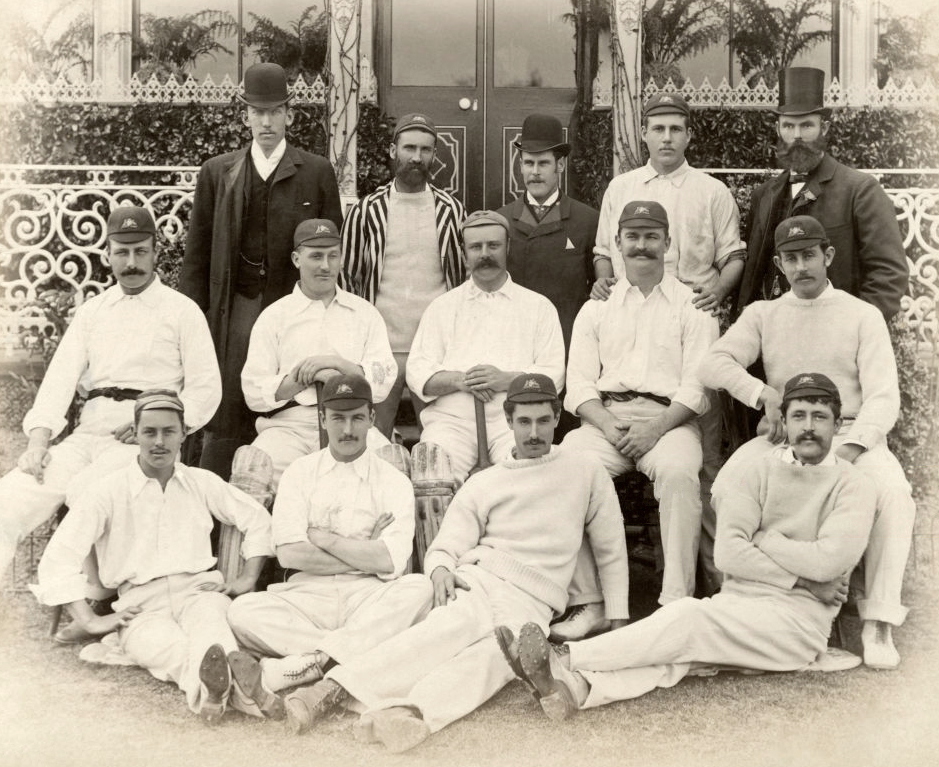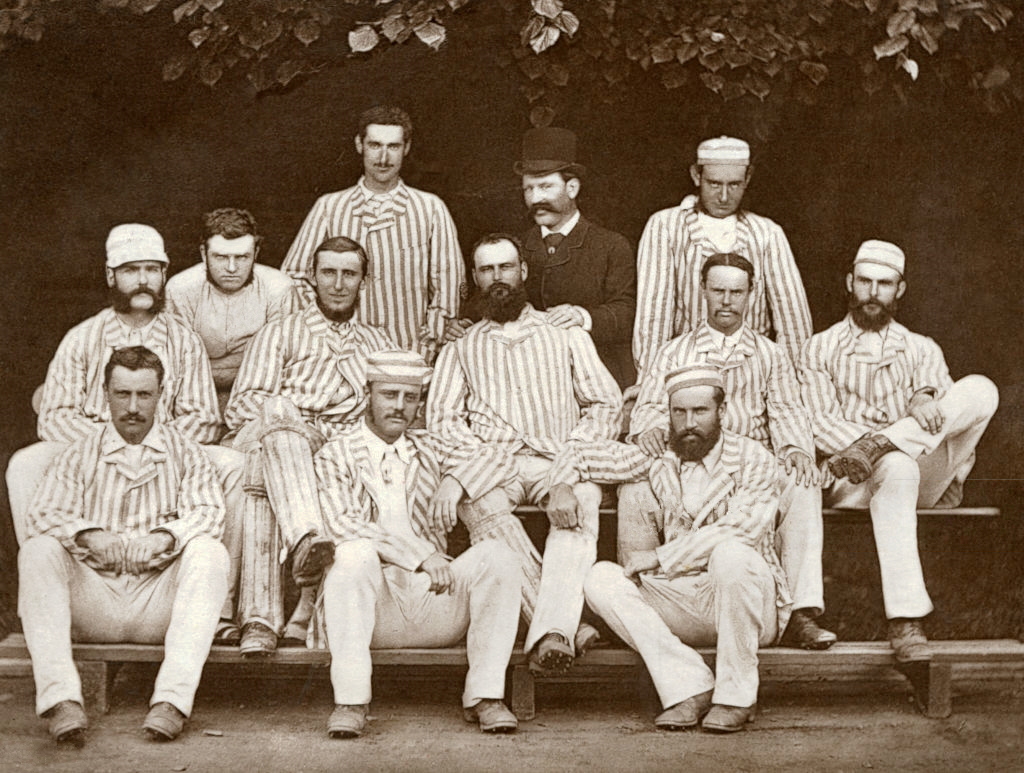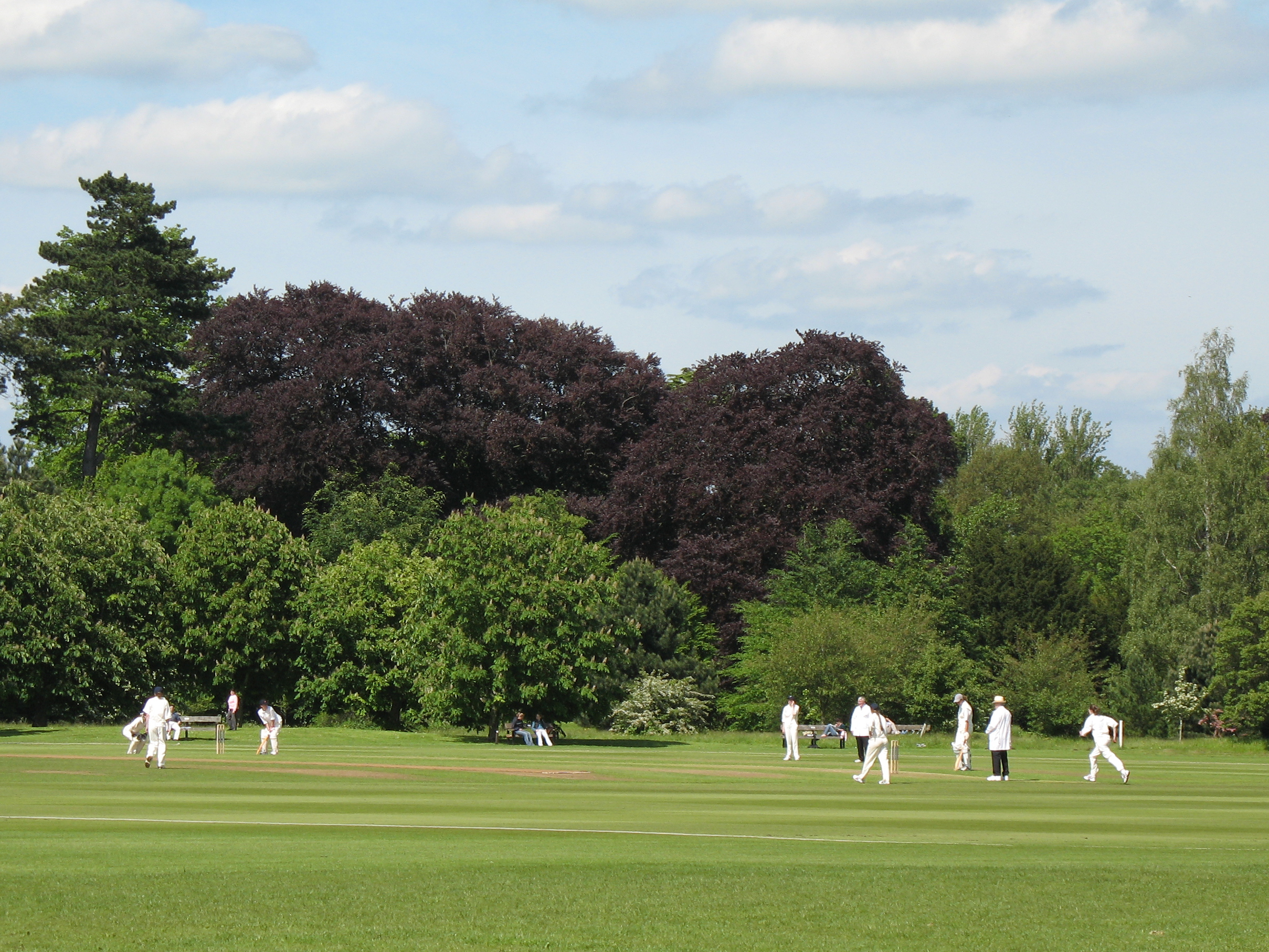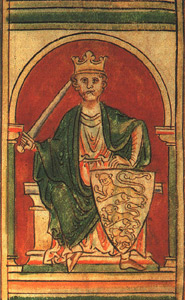|
George Fitz-Hardinge Berkeley
George Fitz-Hardinge Berkeley (29 January 1870 – 14 November 1955) was an Anglo-Irish soldier, public servant, cricketer, and author. Personal life George Fitz-Hardinge Berkeley was born in 1870, the only child of George Sackville Berkeley, a major in the Royal Engineers. He was educated at Wellington College and Keble College, Oxford. He later practised at the Irish Bar. In 1899 he married Caroline Isabel Mason. He moved to Italy in 1920 for the good of his wife's health; she died in 1933. The following year he married Janet Margaret Mary Weld, with whom he co-wrote a history of Italian unification. He was a member of two gentlemen's clubs: Vincent's in Oxford and the Kildare Street Club in Dublin. He died at his home, Hanwell Castle, near Banbury, Oxfordshire. Public life Berkeley served in the Worcestershire Regiment from 1898 to 1901. He supported Irish Home Rule and the Irish Volunteers, and at a 1914 meeting in Alice Stopford Green's London home he subscribed the la ... [...More Info...] [...Related Items...] OR: [Wikipedia] [Google] [Baidu] |
Anglo-Irish
Anglo-Irish people () denotes an ethnic, social and religious grouping who are mostly the descendants and successors of the English Protestant Ascendancy in Ireland. They mostly belong to the Anglican Church of Ireland, which was the established church of Ireland until 1871, or to a lesser extent one of the English dissenting churches, such as the Methodist church, though some were Roman Catholics. They often defined themselves as simply "British", and less frequently "Anglo-Irish", "Irish" or "English". Many became eminent as administrators in the British Empire and as senior army and naval officers since Kingdom of England and Great Britain were in a real union with the Kingdom of Ireland until 1800, before politically uniting into the United Kingdom of Great Britain and Ireland) for over a century. The term is not usually applied to Presbyterians in the province of Ulster, whose ancestry is mostly Lowland Scottish, rather than English or Irish, and who are sometimes id ... [...More Info...] [...Related Items...] OR: [Wikipedia] [Google] [Baidu] |
Claims Commission
{{disambig ...
Claim may refer to: * Claim (legal) * Claim of Right Act 1689 * Claims-based identity * Claim (philosophy) * Land claim * A ''main contention'', see conclusion of law * Patent claim * The assertion of a proposition; see Douglas N. Walton * A right * Sequent, in mathematics * Another term for an advertising slogan ** Health claim * A term in contract bridge * king of claim (Indonesia) Entertainment * '' The Claim'', a 2000 British-Canadian Western romance film * The Claim (band), a British band See also * "Claimed", an episode of the television series ''The Walking Dead'' * Reclaim (other) Reclaim, reclaimed, reclaimer, reclaiming or reclamation means "to get something back". It may refer to: * Land reclamation, creating new land from oceans, riverbeds, or lake beds * Dedesertification, reversing of the land degradation in arid a ... [...More Info...] [...Related Items...] OR: [Wikipedia] [Google] [Baidu] |
Blue (university Sport)
A blue is an award of sporting colours earned by athletes at some universities and schools for competition at the highest level. The awarding of blues began at Oxford and Cambridge universities in England. They are now awarded at a number of other British universities and at some universities in Australia, Canada and New Zealand. History The first sporting contest between the universities of Oxford and Cambridge was held on 4 June 1827, when a two-day cricket match at Lord's, organized by Charles Wordsworth, nephew of the poet William, resulted in a draw. There is no record of any university "colours" being worn during the game. At the first Boat Race in 1829, the Oxford crew was dominated by students of Christ Church, whose college colours were dark blue. They wore white shirts with dark blue stripes, while Cambridge wore white with a pink or scarlet sash. At the second race, in 1836, a light blue ribbon was attached to the front of the Cambridge boat, as it was the colour of G ... [...More Info...] [...Related Items...] OR: [Wikipedia] [Google] [Baidu] |
Australian Cricket Team In England In 1890
The Australian cricket team played 34 first-class matches in England in 1890, including two Test matches (a third Test was abandoned due to bad weather without play ever starting). Test series summary England won the Test series 2–0. First Test Second Test Third Test References External links CricketArchive – tour summaries Annual reviews * ''James Lillywhite's Cricketers' Annual'' (Red Lilly) 1891 * Wisden Cricketers' Almanack 1891 Further reading * Bill Frindall William Howard Frindall, (3 March 1939 – 29 January 2009) was an English cricket scorer and statistician, who was familiar to cricket followers as a member of the Test Match Special commentary team on BBC radio. He was nicknamed the Bearded ..., ''The Wisden Book of Test Cricket 1877-1978'', Wisden, 1979 * Chris Harte, ''A History of Australian Cricket'', Andre Deutsch, 1993 * Ray Robinson, ''On Top Down Under'', Cassell, 1975 1890 in Australian cricket 1890 in English cricket 1890 i ... [...More Info...] [...Related Items...] OR: [Wikipedia] [Google] [Baidu] |
First Class Cricket
First-class cricket, along with List A cricket and Twenty20 cricket, is one of the highest-standard forms of cricket. A first-class match is one of three or more days' scheduled duration between two sides of eleven players each and is officially adjudged to be worthy of the status by virtue of the standard of the competing teams. Matches must allow for the teams to play two innings each, although in practice a team might play only one innings or none at all. The etymology of "first-class cricket" is unknown, but it was used loosely before it acquired official status in 1895, following a meeting of leading English clubs. At a meeting of the Imperial Cricket Conference (ICC) in 1947, it was formally defined on a global basis. A significant omission of the ICC ruling was any attempt to define first-class cricket retrospectively. That has left historians, and especially statisticians, with the problem of how to categorise earlier matches, especially those played in Great Britain bef ... [...More Info...] [...Related Items...] OR: [Wikipedia] [Google] [Baidu] |
Medium Pace
Fast bowling (also referred to as pace bowling) is one of two main approaches to bowling in the sport of cricket, the other being spin bowling. Practitioners of pace bowling are usually known as ''fast'' bowlers, ''quicks'', or ''pacemen''. They can also be referred to as a ''seam'' bowler, a ''swing'' bowler or a ''fast bowler who can swing it'' to reflect the predominant characteristic of their deliveries. Strictly speaking, a pure swing bowler does not need to have a high degree of pace, though dedicated medium-pace swing bowlers are rarely seen at Test level in modern times. The aim of pace bowling is to deliver the ball in such a fashion as to cause the batsman to make a mistake. The bowler achieves this by making the hard cricket ball deviate from a predictable, linear trajectory at a sufficiently high speed that limits the time the batsman has to compensate for it. For deviation caused by the ball's stitching (the seam), the ball bounces off the pitch and deflects eith ... [...More Info...] [...Related Items...] OR: [Wikipedia] [Google] [Baidu] |
First-class Cricket
First-class cricket, along with List A cricket and Twenty20 cricket, is one of the highest-standard forms of cricket. A first-class match is one of three or more days' scheduled duration between two sides of eleven players each and is officially adjudged to be worthy of the status by virtue of the standard of the competing teams. Matches must allow for the teams to play two innings each, although in practice a team might play only one innings or none at all. The etymology of "first-class cricket" is unknown, but it was used loosely before it acquired official status in 1895, following a meeting of leading English clubs. At a meeting of the Imperial Cricket Conference (ICC) in 1947, it was formally defined on a global basis. A significant omission of the ICC ruling was any attempt to define first-class cricket retrospectively. That has left historians, and especially statisticians, with the problem of how to categorise earlier matches, especially those played in Great Britain be ... [...More Info...] [...Related Items...] OR: [Wikipedia] [Google] [Baidu] |
Australia National Cricket Team
The Australia men's national cricket team represents Australia in men's international cricket. As the joint oldest team in Test cricket history, playing in the first ever Test match in 1877, the team also plays One-Day International (ODI) and Twenty20 International (T20I) cricket, participating in both the first ODI, against England in the 1970–71 season and the first T20I, against New Zealand in the 2004–05 season, winning both games. The team draws its players from teams playing in the Australian domestic competitions – the Sheffield Shield, the Australian domestic limited-overs cricket tournament and the Big Bash League. The national team has played 845 Test matches, winning 401, losing 227, drawing 215 and tying 2. , Australia is ranked first in the ICC Test Championship on 128 rating points. Australia is the most successful team in Test cricket history, in terms of overall wins, win–loss ratio and wins percentage. Test rivalries include The Ashes (with England ... [...More Info...] [...Related Items...] OR: [Wikipedia] [Google] [Baidu] |
Oxford University Cricket Club
Oxford University Cricket Club (OUCC), which represents the University of Oxford, has always held first-class status since 1827 when it made its debut in the inaugural University Match between OUCC and Cambridge University Cricket Club (CUCC). It was classified as a List A team in 1973 only. Home fixtures are played at the University Parks slightly northeast of Oxford city centre. History The earliest reference to cricket at Oxford is in 1673. OUCC made its known debut in the inaugural University Match between Oxford and Cambridge played in 1827. In terms of extant clubs being involved, this is the oldest major fixture in the world: i.e., although some inter-county fixtures are much older, none of the current county clubs were founded before 1839 (the oldest known current fixture is Kent ''versus'' Surrey). The Magdalen Ground was used for the University Cricket Club's first match in 1829, and remain in regular use until 1880. Bullingdon Green was used for two matches in 18 ... [...More Info...] [...Related Items...] OR: [Wikipedia] [Google] [Baidu] |
Magistrate (England And Wales)
Magistrates are trained volunteers, selected from the local community, who deal with a wide range of criminal and civil proceedings. They are also known as Justices of the Peace. In the adult criminal court, magistrates decide on offences which carry up to twelve months in prison, or an unlimited fine. Magistrates also sit in the family court where they help resolve disputes that involve children, and in the youth court which deals with criminal matters involving young people aged 10-17. Established over 650 years ago, the magistracy is a key part of the judiciary of England and Wales, and it is a role underpinned by the principles of 'local justice' and 'justice by one's peers'. Magistrates typically sit as a bench of three, mixed in gender, age and ethnicity where possible, to bring a broad experience of life to the bench. They can sit alone to hear warrant applications or deal with uncontested matters heard under the single justice procedure. All members of the bench have e ... [...More Info...] [...Related Items...] OR: [Wikipedia] [Google] [Baidu] |
Bureau Of Military History
The Bureau of Military History in Ireland was established in January 1947 by Oscar Traynor TD, Minister for Defence and former Captain in the Irish Volunteers. The rationale for the establishment of the Bureau was to give individuals who played an active part in the events which brought about Irish Independence a chance to record their own experiences. Those who took part included members of groups such as the Irish Volunteers and subsequently the Irish Republican Army (IRA), Cumann na mBan, the Irish Republican Brotherhood (IRB), Sinn Féin, the Irish Citizen Army, and relatives of deceased not associated with any organisation. The materials were closed until 2003, when they were opened to public access. In 2012, a substantial portion of the materials were made available online. Contemporary documents In the ten years subsequent to its establishment the project collected 1,773 witness statements totaling 35,000 pages, 334 sets of contemporary documents, 42 photographs, 12 voice ... [...More Info...] [...Related Items...] OR: [Wikipedia] [Google] [Baidu] |
Anglo-Irish War
The Irish War of Independence () or Anglo-Irish War was a guerrilla war fought in Ireland from 1919 to 1921 between the Irish Republican Army (IRA, the army of the Irish Republic) and British forces: the British Army, along with the quasi-military Royal Irish Constabulary (RIC) and its paramilitary forces the Auxiliaries and Ulster Special Constabulary (USC). It was part of the Irish revolutionary period. In April 1916, Irish republicans launched the Easter Rising against British rule and proclaimed an Irish Republic. Although it was crushed after a week of fighting, the Rising and the British response led to greater popular support for Irish independence. In the December 1918 election, republican party Sinn Féin won a landslide victory in Ireland. On 21 January 1919 they formed a breakaway government ( Dáil Éireann) and declared Irish independence. That day, two RIC officers were killed in the Soloheadbeg ambush by IRA volunteers acting on their own initiative. The c ... [...More Info...] [...Related Items...] OR: [Wikipedia] [Google] [Baidu] |






